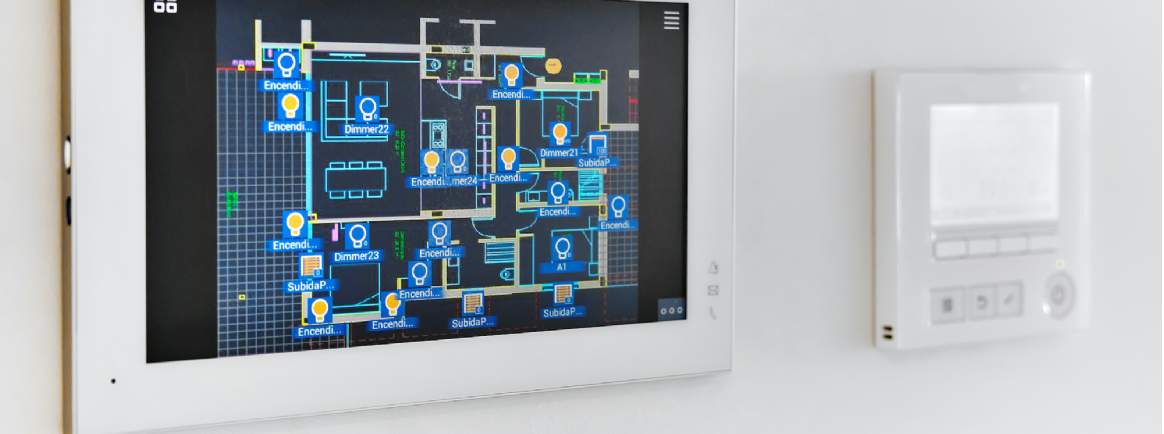A new prime property has scope to incorporate the best technology that the proptech market has to offer, helping to improve the energy efficiency of a building while providing an environment for occupiers that is enjoyable to be in.
But what if the building isn’t new? For owners looking to reduce an existing building’s operational energy use – which greater numbers are doing post-COP26 – it is difficult to fathom which applications are worth investing in, least of all because what is best-in-class today may be soon outrun.
However, technology, while not a silver bullet solution in terms of decarbonisation, can help deal with the low hanging fruit of efficiency improvements, and it doesn’t have to be expensive. Many of the most useful applications, in fact, do not require extensive hardware. Data can be collected from sensors – simply stuck to walls and connected wirelessly – and uploaded to the cloud, without the need for a complex platform.
These systems allow insight into fine details ,such as when showers are being used, or which areas have intense footfall. This information is vital, for instance, in directing cleaners to areas that need it, diverting them from areas that don’t. But reducing energy becomes a precise art, with platforms that show which lights or lifts are being used, knowledge that is resulting in vast savings.
All of this is possible in any building, and while none of this would enable a very old building to become net zero, technology can offer accurate and reliable performance data that will set owners on a decarbonisation journey. This is good news given that the industry must prepare for a future where performance-based data will be paramount.
What is crucial, however, is that any combination of technology needs to be integrated. Simply put: tech platforms must be able to 'talk'; it’s not always the case that a platform will allow that, so beware.
This naturally drives the adoption and open-protocol procurement, meaning the information that system gathers is available for anyone to see and brings some flexibility to seamlessly connect with others systems on the same network without the need for drivers or special application programs. This is opposed to proprietary protocol tools, which keep information private.
Typically, where open protocol technology works in conjunction with existing building management systems, energy usage is reduced by 20 to 30 per cent. This can be achieved by automatically turning off certain plants or adjusting their settings depending on the occupancy, the actual building needs and its performance. It can be tricky to do and integrations can involve some additional costs but the overall efficiencies of a tech eco-system are worthwhile, because the plants still rely too often on a pre-planned timetable schedule for their operations, which requires a lot of manual interventions and is too rarely optimised with agility and efficiency.
Further information
How emerging technologies can help occupiers with their sustainability goals

.jpg)
.jpg)




.jpg)
.jpg)

